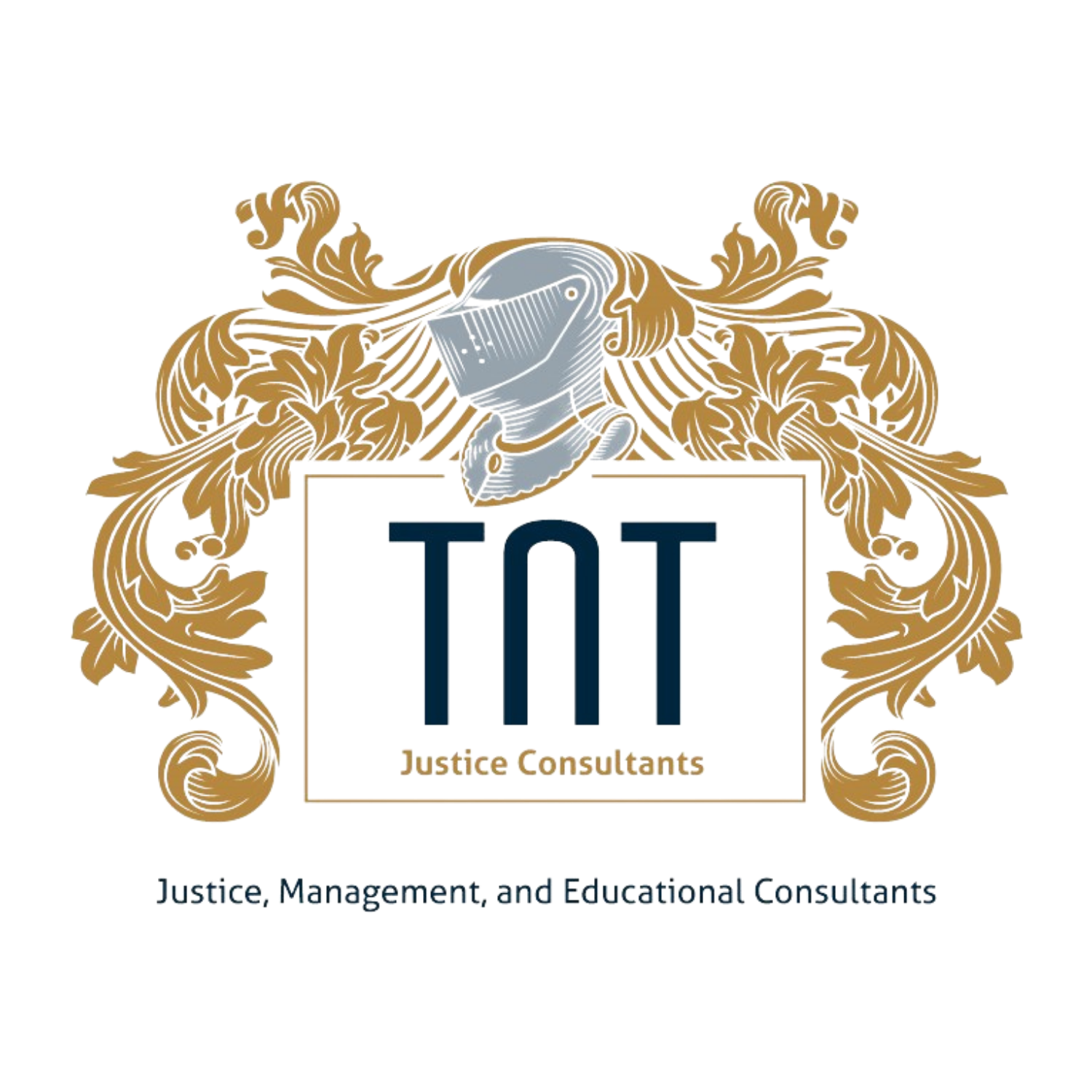The presence of implicit bias embedded within an organization can affect the entire system and staff productivity. This reality will seem daunting for leaders who want to ‘fix’ it and move on with the daily tasks at hand. Unfortunately, there is no single magic fix for implicit bias; it requires a consistent focus on systems, practices, and staff. On the other hand, bias mitigation may not be an onerous demand if it is appropriately acknowledged and embedded in systems. It begs the question, what can you do as an organization to reduce the impacts of implicit bias?
Know your data
Before you can address a problem, you need to know what it looks like. This involves ensuring you have comprehensive demographic data for your staff (Age, Disability, Ethnicity, Gender etc.) and understand the demographics of the community/clients you serve. It also involves using that data to explore how specific staff groups and communities experience work within the organization. Additionally, it is important to analyse organizational data to look for areas where there is a disparity in treatment or perception. It is worth spending time to make sure you have good disclosure rates on personally sensitive issues, such as Disability and Sexual Orientation. People who opt out of providing the data may be the first sign of a lack of confidence in the organization. Try to suspend the tendency of explaining these issues without hard evidence, or by blaming communities for the disparity.
Review your systems
Often implicit bias has been unintentionally enshrined in our systems in development and use. Procedures such as recruiting, training, performance management and promotion are often vulnerable to historic biases. No matter how committed staff are to mitigating their biases, if your systems harbour biases, they will be difficult to dislodge. TNT has useful and simple de-biasing checklists that are free to use and will help review systems, along with conducting more detailed reviews. Simply pausing to look objectively for possible biases can also help support staff by creating the right environment for their own actions to work.
Feel free to take our de-biasing checklist here: https://debiasing-tool.unconsciousbias.co.uk/Process_list
Once you have worked down this list and actioned the recommendations, we recommend that you return and review it again to get a new list of actions to work. This De-biasing Checklist can be customized and tailored to your organization and processes. This initiative will provide managers continuous support in de-biasing their daily tasks.
Talk to staff associations and seek out those with lived experience
When we develop systems and make decisions, our affinity biases for people like us can lead us to see the world and the problems/solutions in just one way. In our consultations, we may prefer only to involve ‘the usual individuals’ with whom we have a shared understanding. By actively listening to people who have to live with our systems and decisions, we can design systems and make decisions which account for variations between communities. Their insight can be critical and proactive in system reviews.
Bias test staff
Bias testing and feedback can be an inexpensive, quick and innovative way to increase the personal bias awareness of all staff. It also provides reliable data for audit and evaluation, including a clear idea of the nature and extent of any bias problems.
TNT provides a comprehensive Implicit Bias Testing service that delivers tailored testing with detailed feedback reports to enable individuals to better understand and manage their biases.
To learn more about our Implicit Bias Testing, please visit us at: https://tntconsulting.ca/services/implicit-bias-testing/
Lead by example
It can be tempting for busy leaders to see bias mitigation as something for process leaders and staff to engage with on a day-to-day basis. The first question staff will ask is what the leaders are doing about this change. Leaders need to be prepared to undergo the same training and testing as staff and to be openly supportive of this initiative. This may include using corporate and public communication channels to discuss the insight they have gained, along with their support for bias mitigation. Most importantly, leaders need to clearly articulate the link between bias mitigation and the business objectives as a motivation for staff to mitigate their own biases.
If you would like assistance or guidance in helping mitigate bias within your organization, please feel free to reach out to us for a free consultation!
